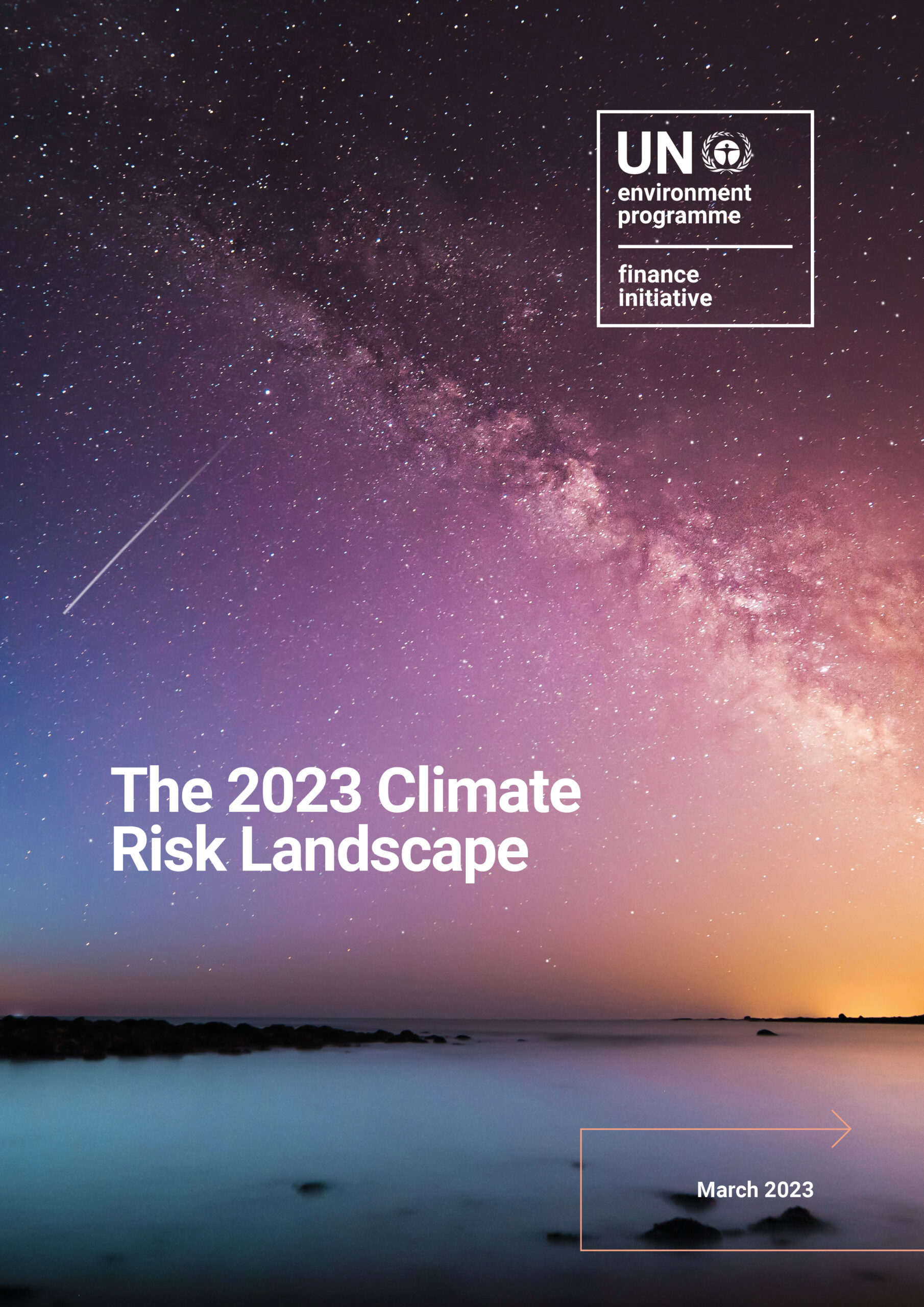Banks starting with internal changes
“You can’t change anything, unless you change yourself.”
– Dimitrios Dimopoulos, Sustainability Manager, Piraeus Bank
Delivering the positive impact for people and planet that the Principles imagine starts with changes within banks themselves.
In the first year, banks have focused on creating the strategy, policies, training and accountability mechanisms needed to embed the Principles across their companies. This has required bringing together key decision-makers from all business areas to take ownership of the agenda.
Reviewing existing practice
In some cases, banks have initiated processes to review existing investments through a sustainability lens. One example is a bank that is reviewing its entire portfolio to ensure it is mission-aligned. Some are developing portfolio-wide environmental and social risk policies to set standards for non-financial considerations.
Changing how decisions are made
Others are implementing sustainability-based decision-making frameworks for future lending. Examples of where this have been implemented include corporate credit. Some are applying a focused lens of, for example carbon footprint, and reviewing their portfolio against their carbon-specific goals.
Another approach has been to develop dedicated sustainability portfolios, which have a clear management mandate to drive towards socially responsible outcomes.
Aligning corporate strategy with the Principles
To achieve this, banks have undertaken a variety of initiatives, including reviewing corporate strategic indicators to ensure that they align with the Principles. For those banks embarking on this journey without a Sustainability Policy, this first year has been an opportunity to design and implement one. Often this has meant exploring where the bank can have the greatest impact and linking this to the Sustainable Development Goals.
Getting leadership on board
Weaving these strategic and policy changes into the day-to-day of the bank requires a shift in how everyone in the organisation is expected to operate. Banks have found a range of ways to drive this, including linking senior executives’ incentives to sustainability performance.
For some, this year has seen the creation of a Sustainability Committee or working group, bringing together representatives, often at a high level within the bank, to oversee the work in this area. Some have employed new, dedicated staff.
Engaging the whole team
In other parts of the banks, a programme of training and education is underway to equip those at all levels with the sustainability knowledge they need. Building on this approach, some banks have introduced sustainability considerations into staff performance reviews as a means of indicating the importance being given to this agenda by the bank.
One signatory bank has undertaken a project to redesign its entire banking process to position sustainability considerations at the centre. They have begun by defining sustainability standards, which are now being rolled out across all teams and incorporated into their strategic KPIs.
One large multi-national bank has recently approved a new remuneration policy for its Executive Board. The bank’s commitment to sustainability is emphasised by the way it will measure the performance of its senior leadership. They will now be required to implement the sustainability strategy, with a specific emissions focus.
One regional bank has implemented a new approach to sustainability accountability that involves setting non-financial strategic KPIs. Annual non-financial statements are published to report on progress.
A signatory bank, having identified data gaps, is undertaking a full review of emissions across its portfolio. This is the first step towards setting science-based targets for its entire carbon footprint.


